Exploring Rameshwaram - 6th day of our 14 days long trip through east coast of India || Noida to Rameshwaram
All through our 14-day trip from Noida to Rameshwaram, via the Eastern Ghats of India, there was only one place, where we spent two nights, and that was Rameshwaram in Tamil Nadu. Everywhere else, we only spent one night each. I think part of the reason why we chose to spend two nights at Rameshwaram was that technically, once we started out from Rameshwaram, our return journey would start. And we wanted to delay that for as long as possible. The other reason was because we felt that Rameshwaram would have a lot to offer.
We started our day with an early morning visit to the last drivable point of India's territory. This narrow stretch of land (literally just a road) with beaches on both the sides is quite a sight to behold. It is known as Dhanushkodi and we visited it in order to view the sunrise. From there you can see sections of Ram Setu heading off to Srilanka. After Dhanushkodi, we visited Vibhishan Teertham, which is a temple located in the middle of the ocean connected by a drivable bridge. This is said to be the place where Shree Ram did the Rajyabhishek of Vibhishan.
Then we returned to the city and started our day with a breakfast of Idlis and Pongal at a nice family-run restaurant. After this we visited APJ Abdul Kalam’s ancestral home, which has now been converted to a museum. The visit to this museum was quite emotional and inspiring. You can see the humble origins of the great technical genius and his amazing journey. There is also a memento shop here from where you can buy his books, some fridge magnets, key chains and other memorabilia.
And then we visited Arulmigu Ramanathaswamy Temple or the Rameshwaram Temple, which is one of 12 Jyotirlingas. Here we were asked to leave our cameras and mobile phones in a locker outside as it wasn't allowed to carry it in. While the temple is stunning, the concepts of paying money for a sulabh darshan and also the various packages that you can opt for, made it feel quite commercialised and meaningless. However, here we met a young lady from Uttarakhand, who was out on a pilgrimage of the Jyotirlingas. Her honest devotion was inspiring to see.
Through the day we visited several other temples and Teerthams, among them the panchmukhi Hanuman Temple where one can see the floating rocks that were apparently used to build the Ram Setu. We visited the beautiful hilltop Ramarpatham and the Villoondi Teertham, where you can find a well right in the middle of the ocean, that is said to have sweet water. I tried it.
True it was less salty than the surrounding sea water, but it couldn't really be called sweet. However, what was more off-putting was that a young man in dhoti was there, offering to pull out water from the well for you, for you to taste it and it was clear that he was expecting money in return. It just felt like we were being forced into it.
After this, we went in search of a beach to watch the sunset on. Since we did not want to go all the way to Dhanushkodi. So we went in search of Pamban beach, which the Internet told us was the perfect beach to lay back and watch the sunset. You would assume that it would be easy to find a beach. But we tried various routes, but couldn't find it. We found one where you had to pay to get in, but the gates would be locked at 5:30pm so it would have been silly to opt for it. And imagine having to pay to go to a beach!
Then we headed back and discovered a port, which looked abandoned. We could see a car parked in the distance and there was a gate that we would need to enter. At first we thought that they would not allow us to enter. But to our surprise, they allowed us. Then we thought that the car parked in the distance, would turn out to be bachelors out for a drink party. However, to our surprise, it was a family of four elderly people. We got talking. One of the elderly gentlemen turned out to be a retired armyman who had been posted in Himachal for some time. So we found a common ground. And soon we found ourselves happily munching on some homemade murukku that his lady friend offered us. It was awesome.
However, after some time, we headed out again to find a good spot for sunset, and found ourselves heading toward the point from where the stunning Pamban bridge can be seen and photographed. There was a beach next to it, which was not a tourist beach, but a fisherman's beach and it was a little bit filthy because of all the leftover fish and crab shells. We concluded the day around the ocean appreciating the sunset among fishermen on this local beach with an excellent view of the Pamban bridge.
We wrapped up our day with a feast of Chicken Kizhi Parotta, which is a layered stack of chicken and parotta at a local food joint at the recommendation of their staff. We had ordered simple parotta with Korma, but they offered us this alternative and we really enjoyed this meal. We packed it in with a wonderful cup of coffee from a bakery close to our hotel.
At the night before turning in, we washed our car and it looked ready for a long drive the next day.

 Delhi to Bhopal Road Trip - The very first day of our 14 days long trip through east coast of India || Noida to Rameshwaram
Delhi to Bhopal Road Trip - The very first day of our 14 days long trip through east coast of India || Noida to Rameshwaram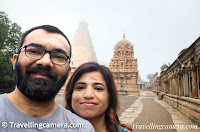 The Majestic Brihadeeshwara Temple: A Glimpse into the Architectural Brilliance of Thanjavur in Tamilnadu, India
The Majestic Brihadeeshwara Temple: A Glimpse into the Architectural Brilliance of Thanjavur in Tamilnadu, India
 Unlocking the Treasures of Saraswati Mahal Library in Thanjavur, Tamilnadu || Exploring India's oldest and most fascinating collection of manuscripts
Unlocking the Treasures of Saraswati Mahal Library in Thanjavur, Tamilnadu || Exploring India's oldest and most fascinating collection of manuscripts
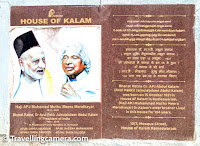 Exploring the Legacy of Dr. APJ Abdul Kalam at House of Kalam: A Journey through His Life and Achievements
Exploring the Legacy of Dr. APJ Abdul Kalam at House of Kalam: A Journey through His Life and Achievements
 Hotel Gokulam and Golden Minerva Coffee Cafe in Madanapalle, Andhra Pradesh, India || The town that provided us great food and a comfortable night stay
Hotel Gokulam and Golden Minerva Coffee Cafe in Madanapalle, Andhra Pradesh, India || The town that provided us great food and a comfortable night stay
 Exploring the Architectural Marvels and Historical Significance of Arulmigu Ramanathaswamy Temple in Rameshwaram, Tamilnadu : A Spiritual Journey Through Time
Exploring the Architectural Marvels and Historical Significance of Arulmigu Ramanathaswamy Temple in Rameshwaram, Tamilnadu : A Spiritual Journey Through Time
 Embracing the Serenity of Sunrise: Exploring Dhanushkodi in the Early Hours of the Morning | Tamilnadu Diaries
Embracing the Serenity of Sunrise: Exploring Dhanushkodi in the Early Hours of the Morning | Tamilnadu Diaries
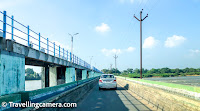

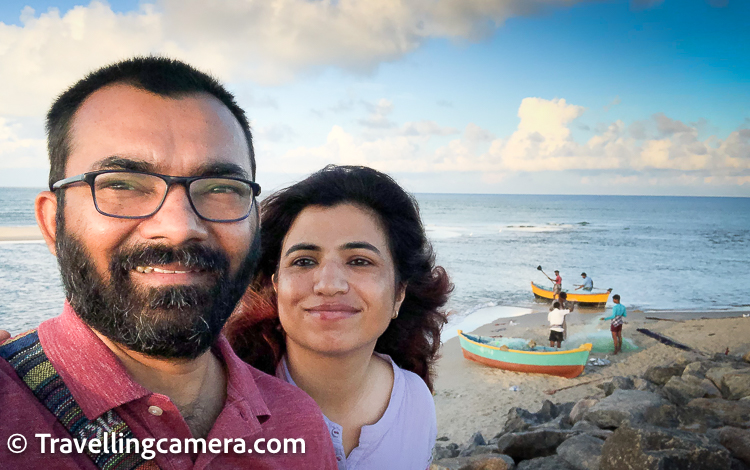


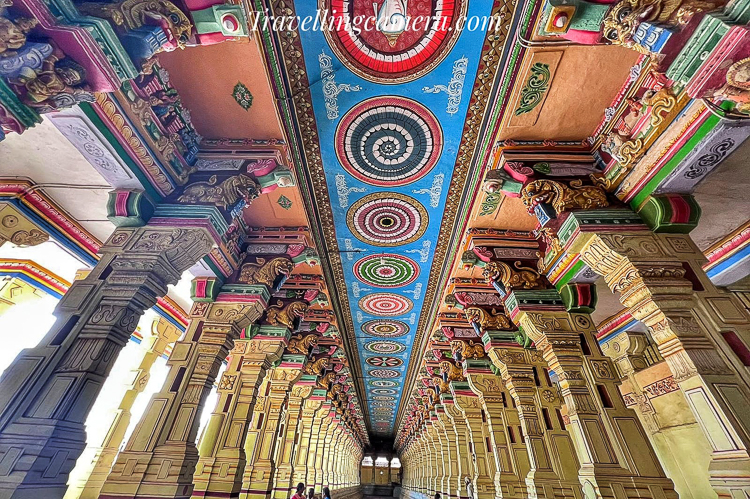





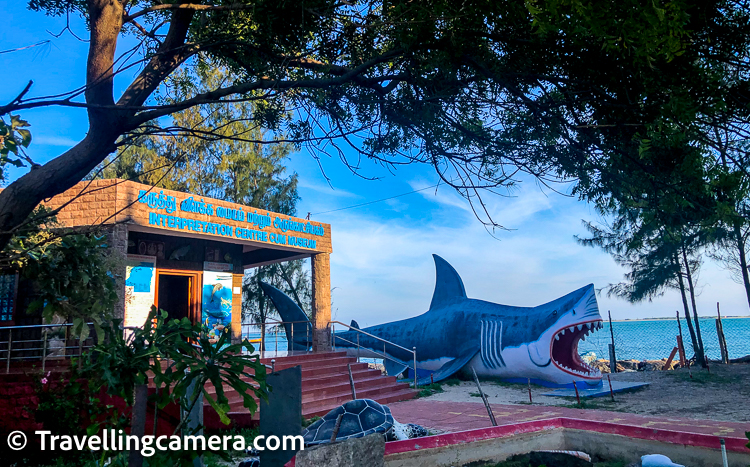

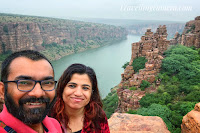

%20to%20see%20the%20Danish%20fort%20in%20Tamilnadu%20state%20of%20India-3.jpg)

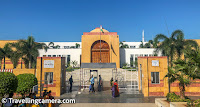







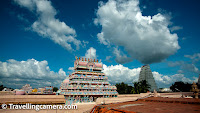
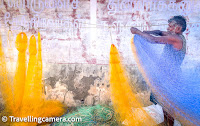


.jpg)
Comments